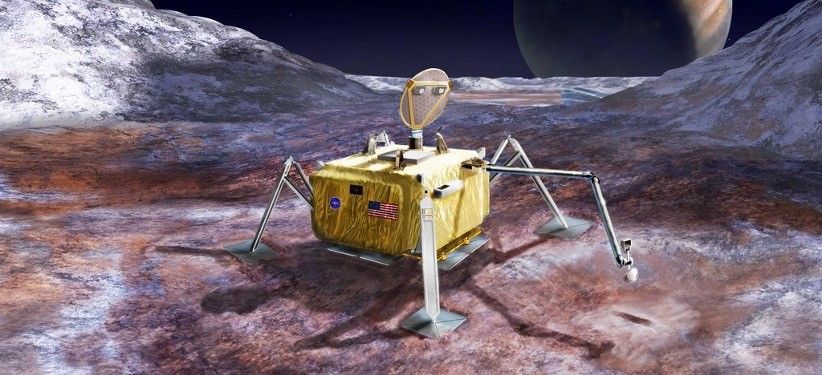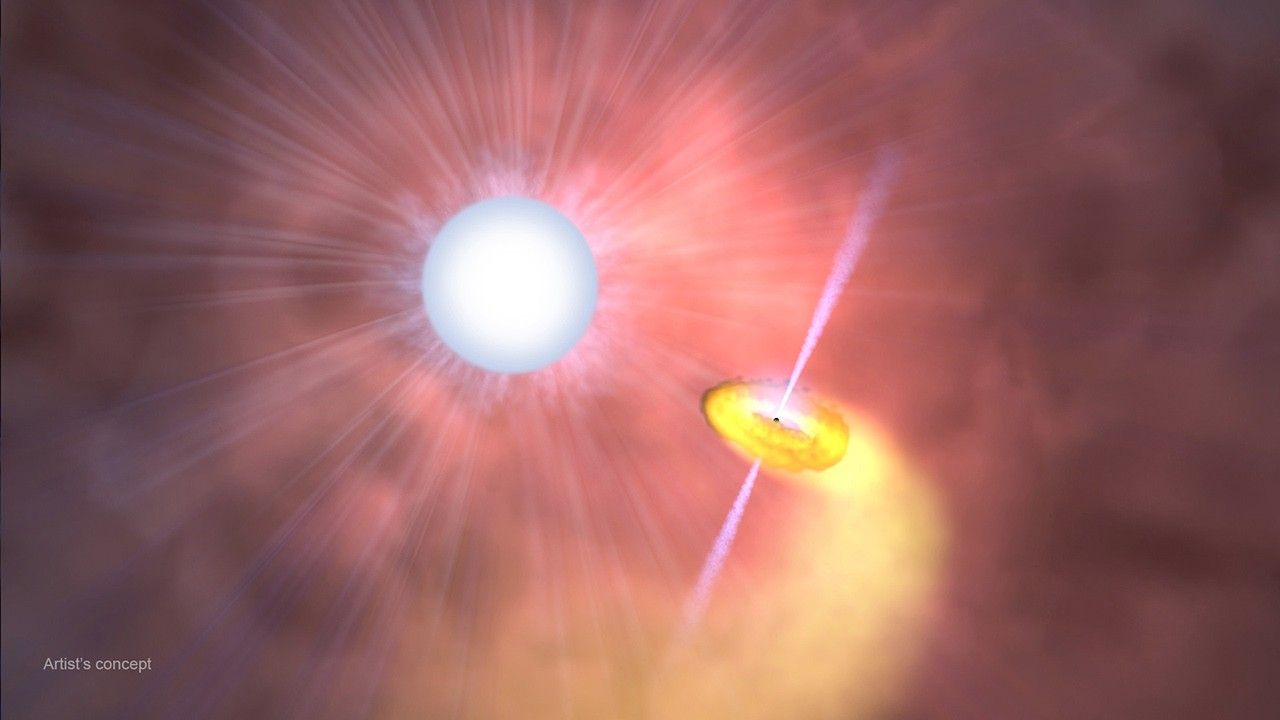WASHINGTON – NASA begins a series of flights Oct. 15 to study changes to Antarctica’s sea ice, glaciers and ice sheets. The flights are part of Operation Ice Bridge, a six-year campaign that is the largest airborne survey ever made of ice at Earth’s polar regions.
Researchers will work from NASA’s DC-8, an airborne laboratory equipped with laser mapping instruments, ice-penetrating radar and gravity instruments. Data collected from the mission will help scientists better predict how changes to the massive Antarctic ice sheet will contribute to future sea level rise around the world.
The plane, crew and scientists depart Oct. 12 from NASA’s Dryden Aircraft Operations Facility in Palmdale, Calif., and fly to Punta Arenas, Chile, where they will be based through mid-November. Seelye Martin of the University of Washington in Seattle leads the mission, with nearly 50 scientists and support personnel involved. The team is planning 17 flights over some of the fastest-changing areas in western Antarctica and its ice-covered coastal waters.
Data collected during the campaign also will help bridge the data gap between NASA’s Ice, Cloud, and Land Elevation Satellite, known as ICESat, which has been in orbit since 2003, and NASA’s ICESat-II, scheduled to launch no earlier than 2014. ICESat is nearing the end of its operational lifetime, making the Ice Bridge flights critical for ensuring a continuous record of observations.
“A remarkable change is happening on Earth, truly one of the biggest changes in environmental conditions since the end of the ice age,” said Tom Wagner, cryosphere program manager at NASA Headquarters in Washington. “It’s not an easy thing to observe, let alone predict what might happen next. Studies like Ice Bridge are key.”
Because airborne observations lack the continent-wide coverage a satellite provides, mission planners have selected key targets to study that are most prone to change. Sea ice measurements will be collected from the Amundsen Sea, where local warming suggests the ice may be thinning. Ice sheet and glacier studies will be flown over the Antarctic Peninsula and West Antarctica, including Pine Island Glacier, an area scientists believe could undergo rapid changes.
The payload on the DC-8 includes the Airborne Topographic Mapper, a laser altimeter developed at NASA’s Wallops Flight Facility in Virginia. It produces elevation maps of the ice surface and previously was flown over the Antarctic in 2002, 2004, and 2008 aboard a Chilean Navy P3 aircraft. By retracing some of those flights, as well as the tracks covered by ICESat, researchers can compare the data sets and determine changes in ice elevation.
Other instruments flying include the Multichannel Coherent Radar Depth Sounder from the University of Kansas, which measures ice sheet thickness and the varied terrain below the ice. The Laser Vegetation Imaging Sensor, developed at NASA’s Goddard Space Flight Center in Greenbelt, Md., maps large areas of sea ice and glacier zones. A gravimeter from Columbia University’s Lamont-Doherty Earth Observatory in Palisades, N.Y., will give scientists their first opportunity to measure the shape of the ocean cavity beneath floating ice shelves in critical spots of Antarctica. A University of Kansas snow radar will measure the thickness of snow on top of sea ice and glaciers.
NASA’s Langley Research Center in Hampton, Va.; NASA’s Ames Research Center in Moffett Field, Calif.; and the University of North Dakota in Grand Forks also are providing support for the campaign.
NASA also is funding complementary airborne surveys as part of Operation Ice Bridge, including surveys of Alaskan glaciers by scientists from the University of Alaska in Fairbanks and an extensive survey of remote regions of East Antarctica by scientists from the University of Texas in Austin, the University of Edinburgh and the Australian Antarctic Division.
The Antarctic flights follow the first Operation Ice Bridge airborne campaign earlier this year over Greenland and the Arctic Ocean. The mission will map key areas in each polar region once a year. Arctic flights resume in spring 2010.
For more information about Operation Ice Bridge, visit:
https://www.nasa.gov/topics/earth/features/ice_bridge
To follow Operation Ice Bridge on Twitter, visit:
For more information about NASA, visit:
– end –
text-only version of this release
NASA press releases and other information are available automatically by sending a blank e-mail message to hqnews-subscribe@mediaservices.nasa.gov. To unsubscribe from this mailing list, send a blank e-mail message to hqnews-unsubscribe@mediaservices.nasa.gov.
Back to NASA Newsroom | Back to NASA Homepage
Steve Cole
Headquarters, Washington
202-358-0918
stephen.e.cole@nasa.gov
Beth Hagenauer
Dryden Flight Research Center, Edwards, Calif.
661-276-7960
beth.hagenauer-1@nasa.gov




























